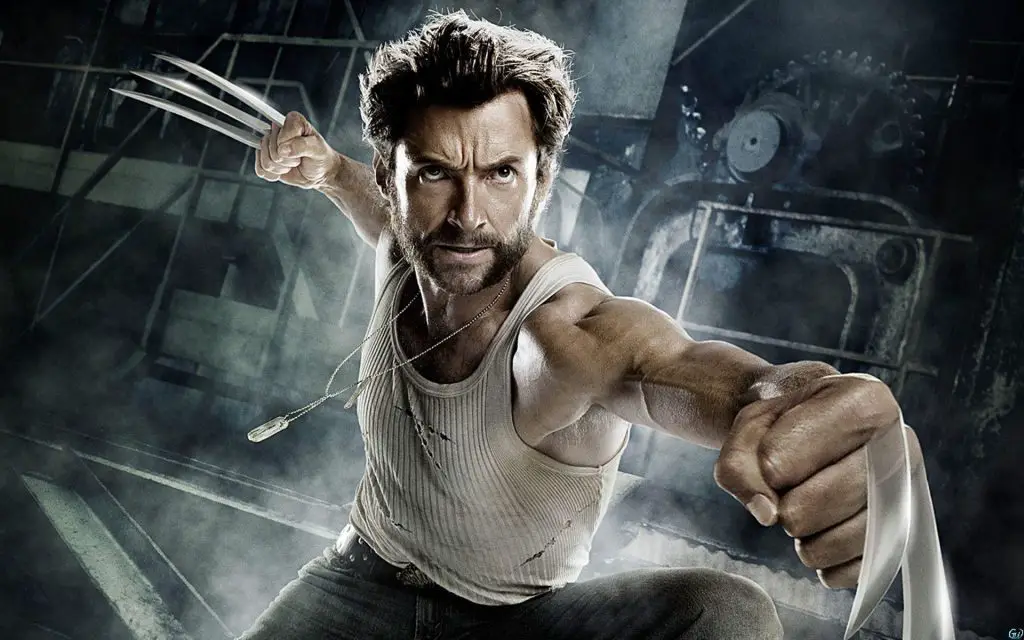The world of filmmaking is vast, with numerous directors presenting their vision on the big screen. Yet, amongst the many, James Mangold stands out as a beacon of cinematic excellence. With a repertoire spanning various genres, Mangold has proven his mettle as a versatile director, resonating with audiences across the globe. Not only has he given us some of the most memorable films of the 21st century, but he has also revitalized classic genres, giving them a modern edge.
A Glimpse into Mangold’s Versatility
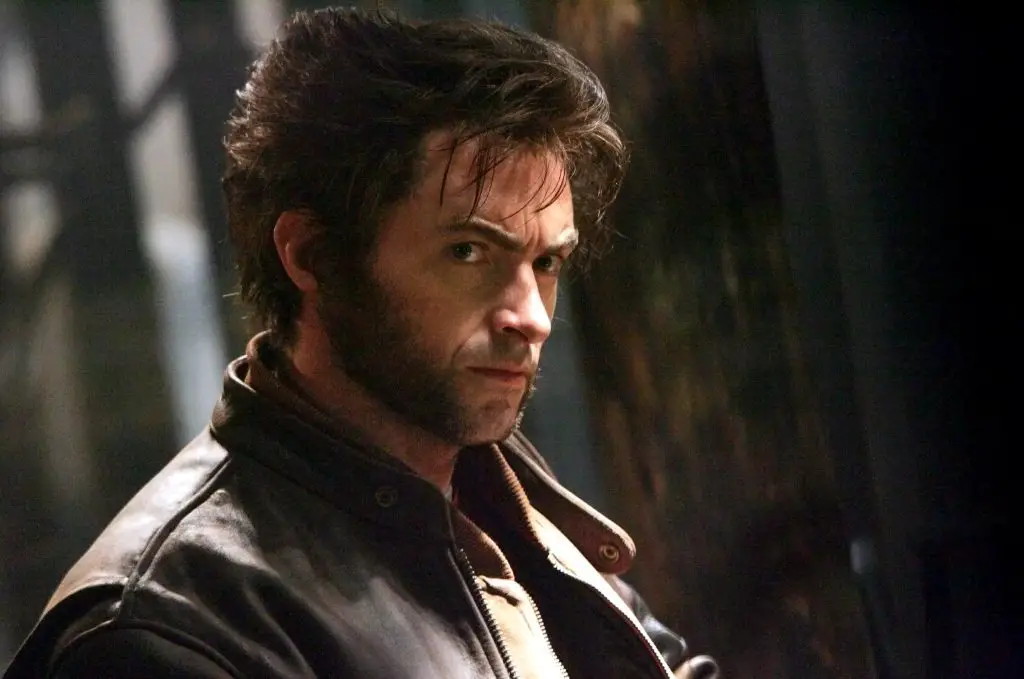
Mangold’s versatility is undeniable. While “Ford v. Ferrari” showcased his prowess in rejuvenating the racing genre, making it appeal to even the modern-day cinephile, his contribution to biopics with “Walk the Line” cannot be understated. And who could forget the 2007 rendition of “3:10 to Yuma”? A rare instance where a remake outdid its predecessor. Additionally, Mangold’s reintroduction of the iconic adventurer with “Indiana Jones and the Dial of Destiny” deserves its own round of applause.
Yet, amidst his celebrated works, “Logan” from 2017 emerges as a crowning jewel. As an R-rated addition to the X-Men series, it grounded a familiar superhero in reality, offering viewers a nuanced, mature perspective. The overall consensus seems to agree, deeming it arguably the best X-Men film, rivaling even legendary titles such as “The Dark Knight”. But while “Logan” received its due praise, “The Wolverine“, released a decade ago on July 26, 2013, remains an overshadowed masterpiece.
Unraveling The Essence of “The Wolverine”

A closer look at “The Wolverine” unveils a rich tapestry of Japanese history and cinematic tributes. Mangold delved deep into Frank Miller’s Samurai arc from the comics, intertwining elements of Japanese history, notably the horrifying nuclear incident during World War II. The starting sequence alone, highlighting Wolverine’s confrontation with the nuclear blast’s aftermath and his miraculous survival, seamlessly anchors the story in Japan.
Incorporating intricate details, Mangold crafts an intricate narrative around Logan’s internal battle with mortality. This psychological exploration is bolstered by the backdrop of Japanese action cinema, reminiscent of timeless classics like “Yojimbo” or “Throne of Blood”.
Gripping Realism in Action
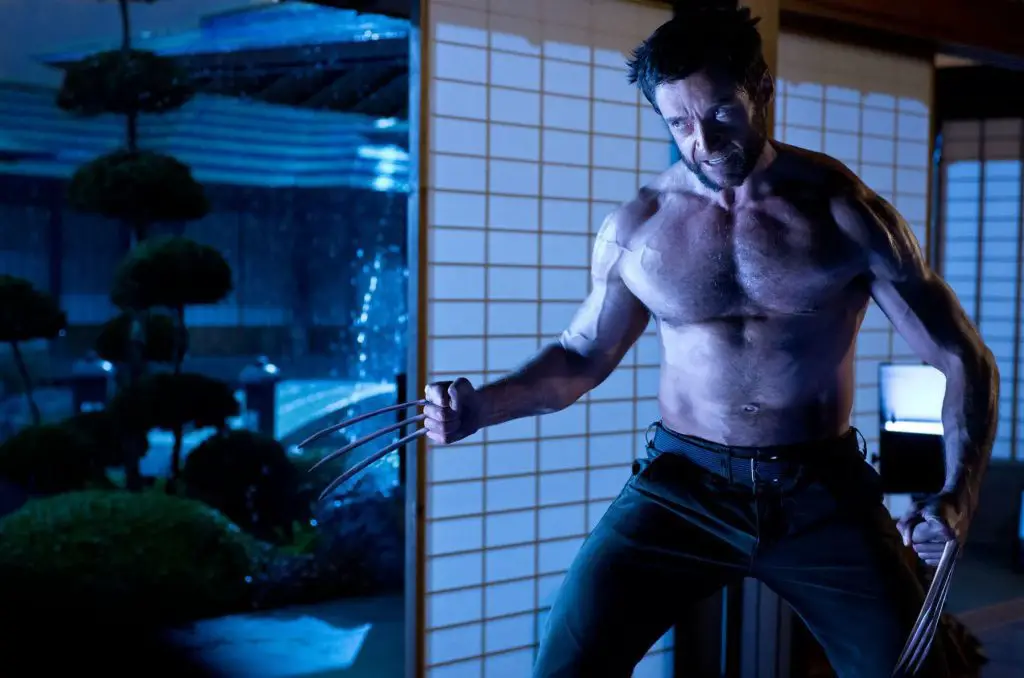
Action sequences have been the bane of many superhero films, often criticized for over-relying on CGI. Mangold, however, steers clear from this pitfall. Drawing inspiration from real-life martial arts sequences, Mangold provides viewers with an unadulterated experience. The sheer rawness of Wolverine’s encounters with the relentless yakuza paints a vulnerable yet powerful hero.
But while Wolverine is a central figure, Tao Okamoto’s portrayal of Mariko, Yashida’s daughter, cannot be missed. Delivering a stellar performance in her first feature film, Okamoto shines as a commendable counterpart to Logan.
The Extended Cut: Unveiling a Fuller Picture
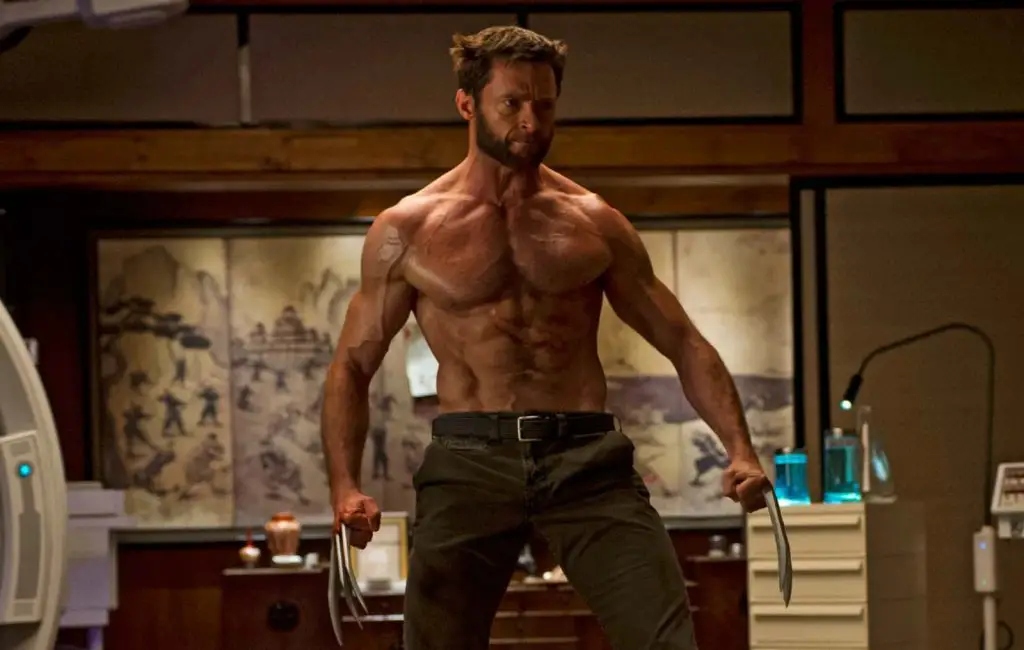
The initial reception to “The Wolverine” was a mixed bag, which is surprising given its release amidst a slew of underwhelming comic adaptations in 2013. However, Mangold’s extended cut added depth, accentuating the film’s rawness, which perhaps was subdued in the theatrical version. This improved rendition might have shifted the scales, positioning “The Wolverine” alongside its successor, “Logan”.
In Conclusion
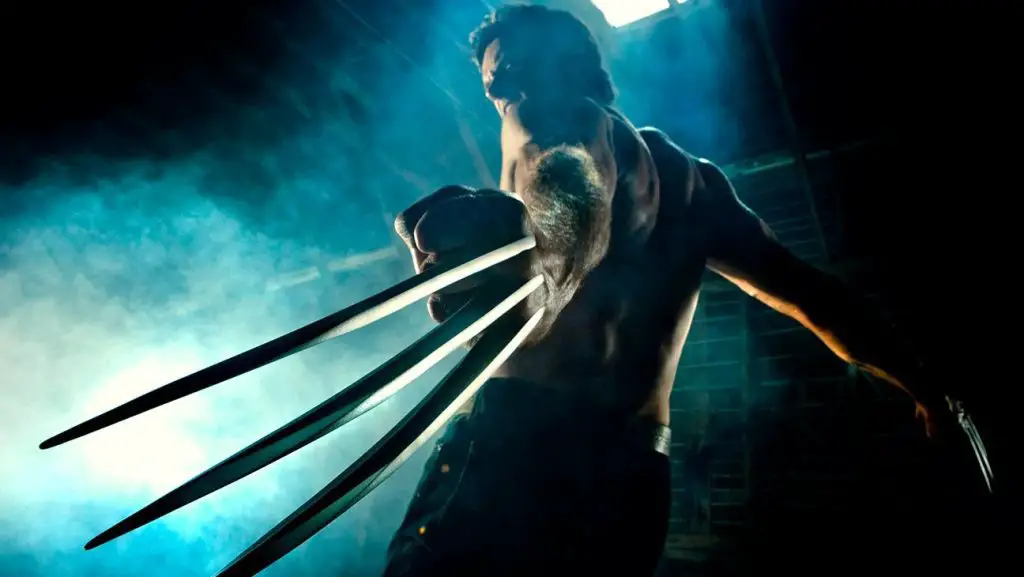
James Mangold’s brilliance lies not just in creating exemplary cinema, but also in infusing fresh energy into established genres. While “Logan” remains a cinematic gem, it’s time we reevaluate and appreciate the artistry of “The Wolverine“. With its deep-rooted connections to Japanese cinema, realistic action sequences, and an extended cut that offers an enhanced narrative, “The Wolverine” is not just another superhero film, but a testament to Mangold’s unparalleled vision.


